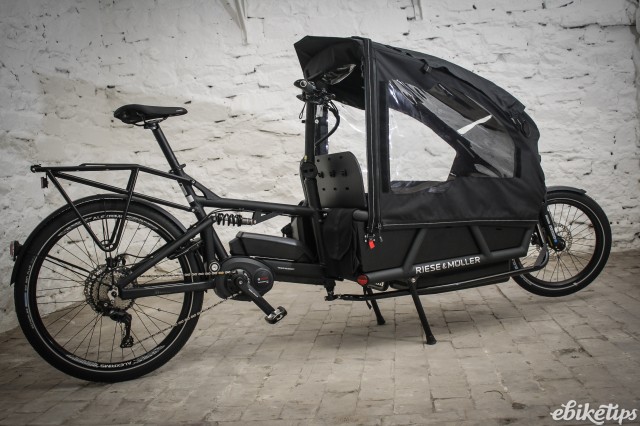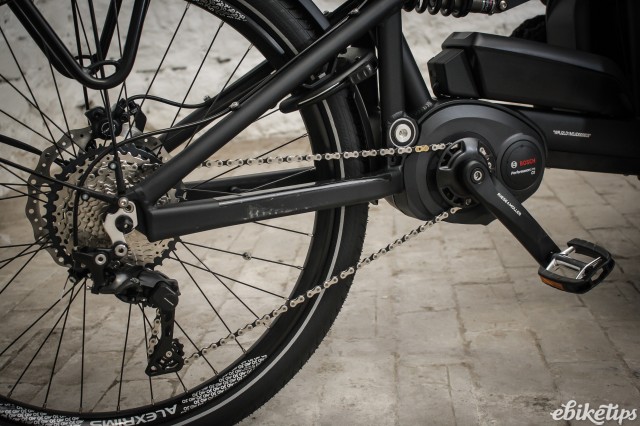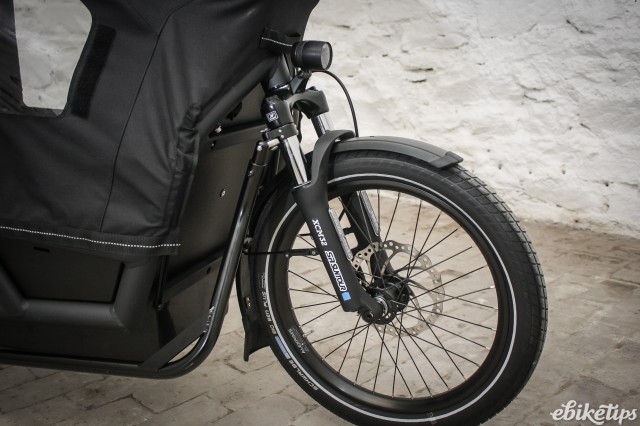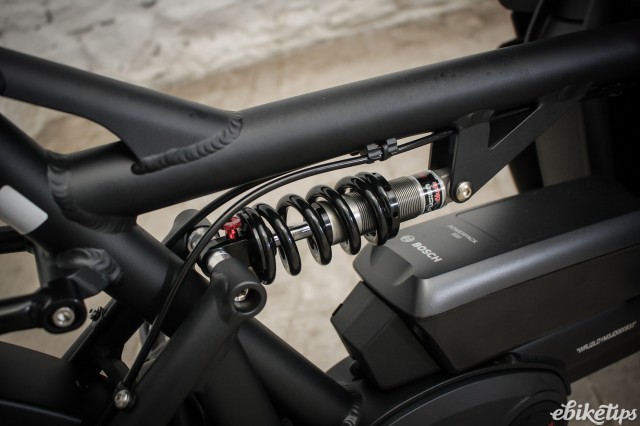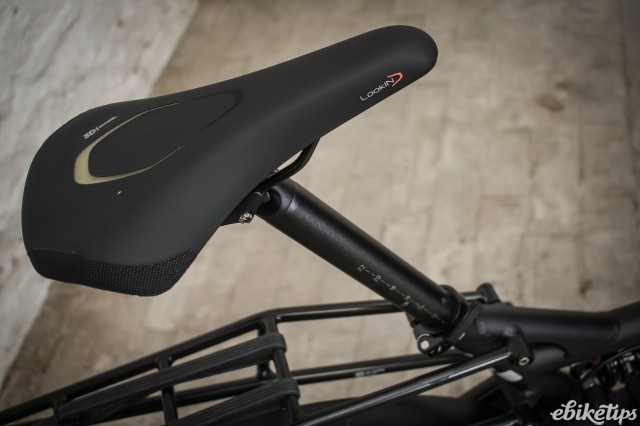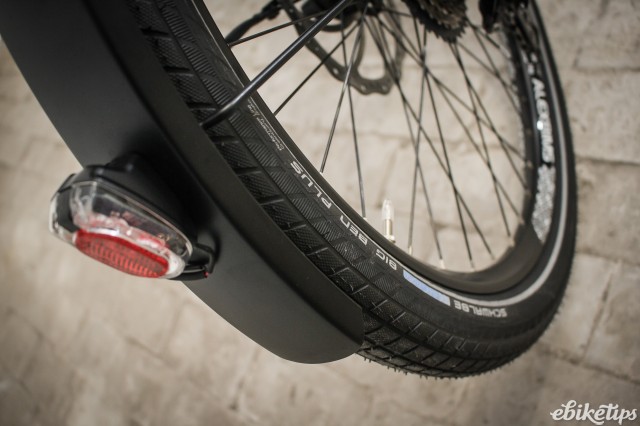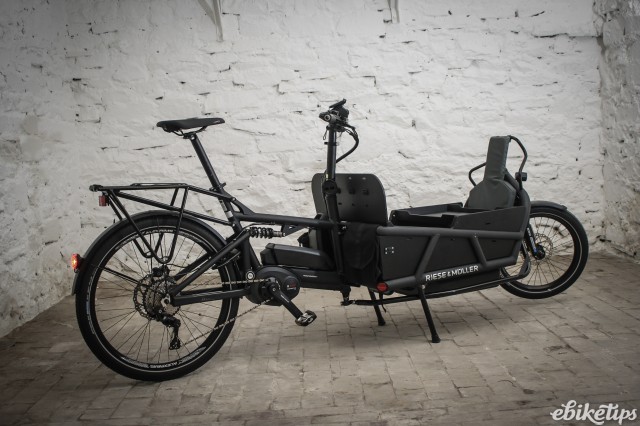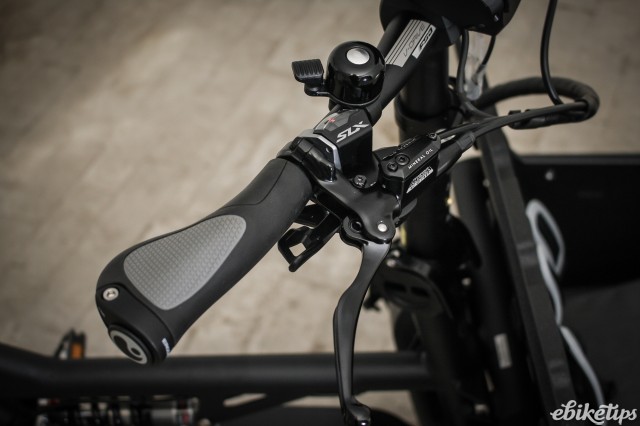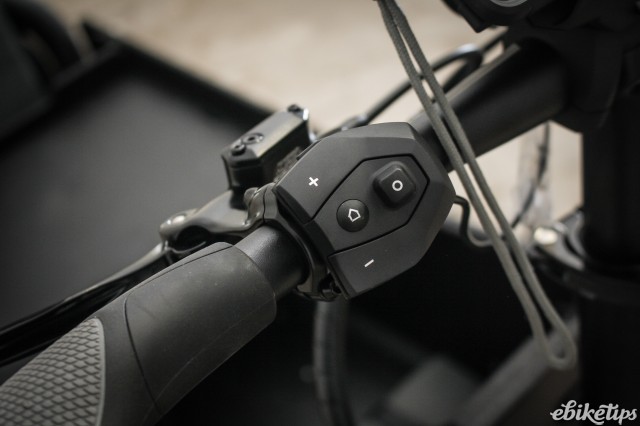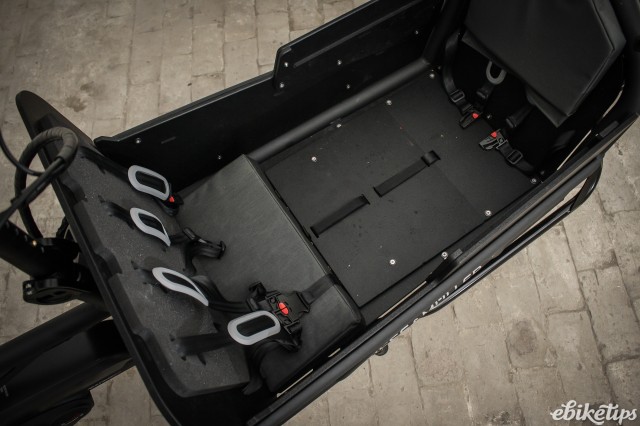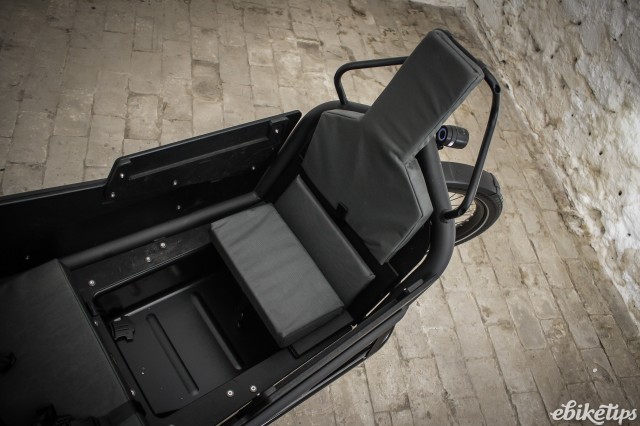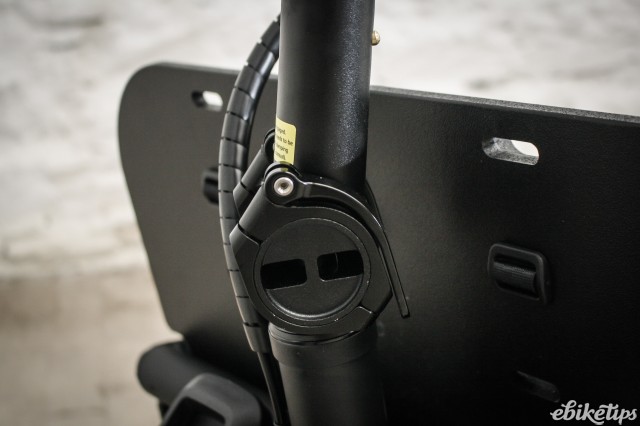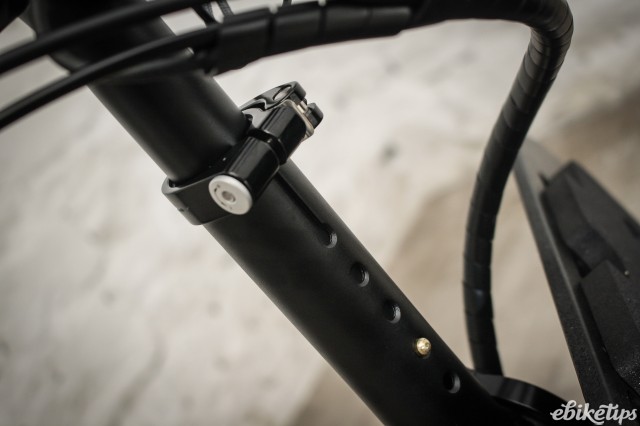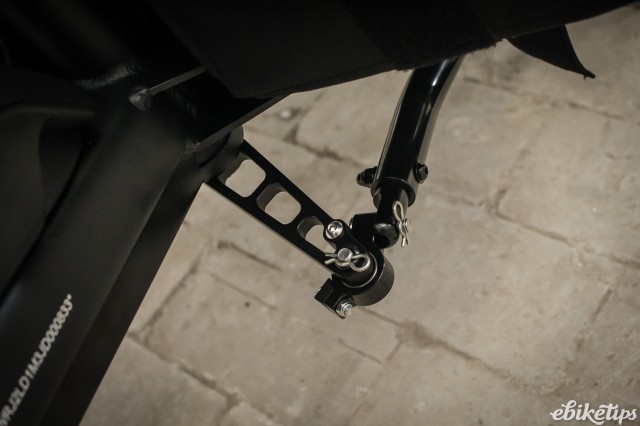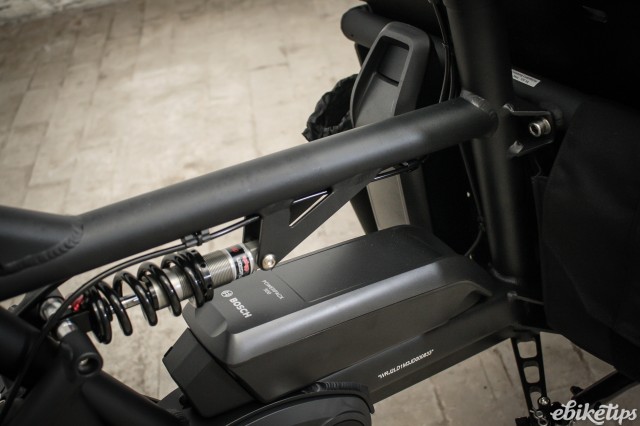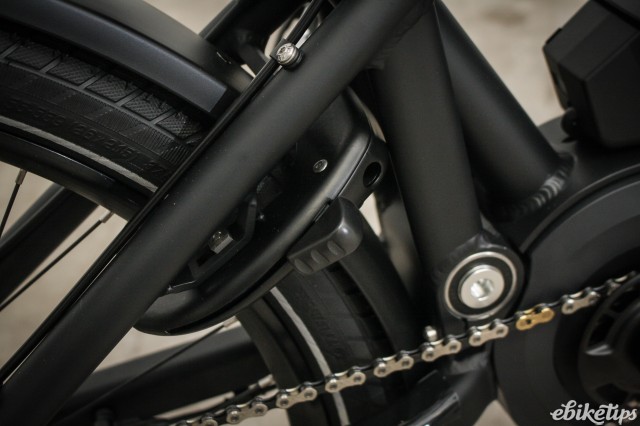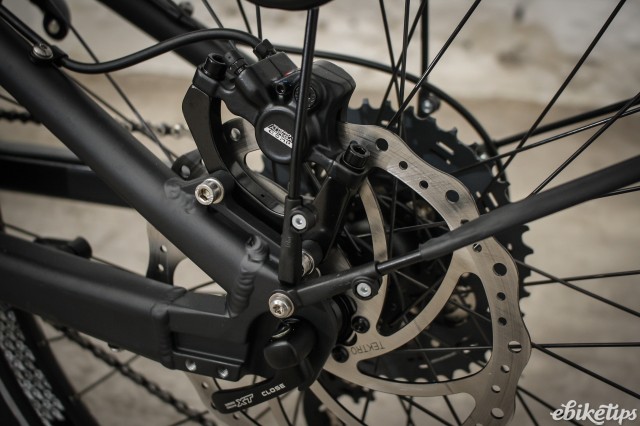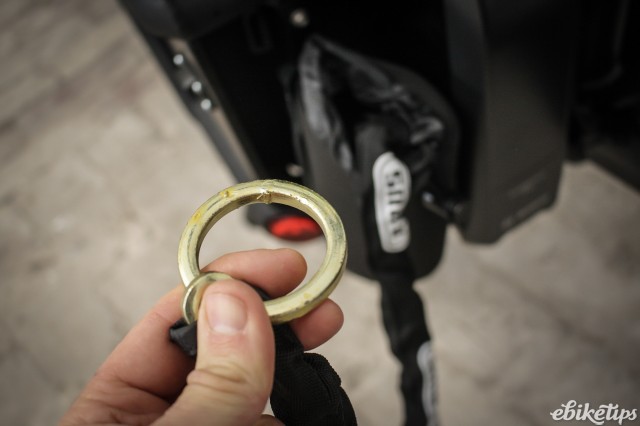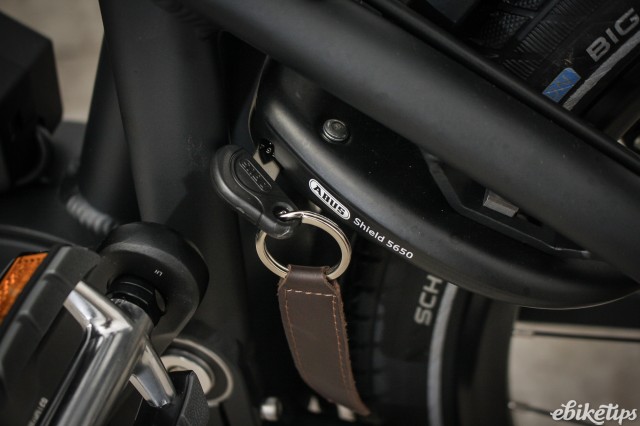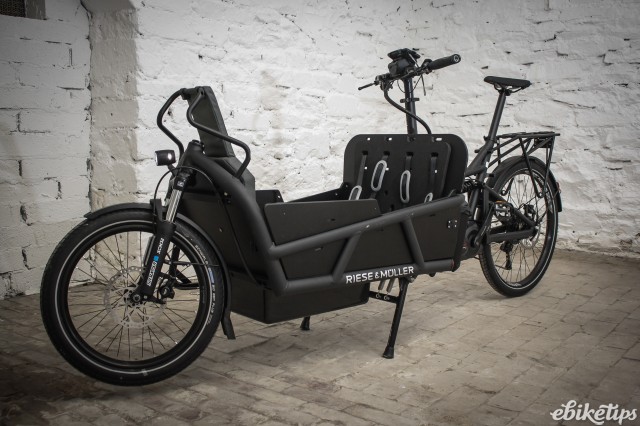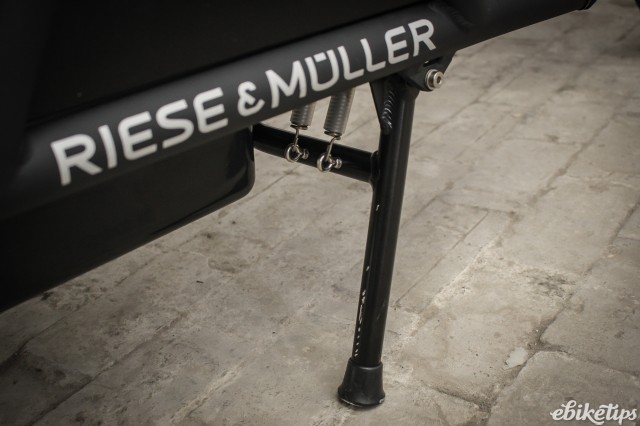Riese and Muller Load 75 Touring
Overview
- Incredibly versatile and customisable
- Full suspension for a smooth ride
- Excellent motor system
- Very expensive even in basic spec
- You'll need some space to store it
- The long wheelbase takes some getting used to
Electric cargo bikes can be toward the higher end of e-bike pricing, and the Load 75 from German company Riese & Muller is one of the most expensive e-bikes we’ve tested. It’s equipped with Bosch’s top end CX Performance motor, effective shelter from the weather for your passengers and - unique among electric cargo bikes - full suspension, and it's capable of carrying really big loads. So while it might cost the same as a car, it can serve as a compelling alternative to one too, and it’s nowhere near as expensive to run.
If you need to move three kids around, and they’re all 1.3 metres or less tall then this may be the only two-wheeled option you have. We’ve tested a range of other bikes which can take one or two junior passengers, but this is the first with seating and seatbelts for three.
The version we have in has three seats anyway - there are a raft of options available for that big front load bay. Riese & Muller say that the seats are suitable for children up to 130cm (4 foot 4 inches) tall. We tested it with a wider range than that - carrying everything from a 4-month-old baby in a car seat to a 6ft adult. Speccing it with three seats and the superb weather cover that we have had adds over £450, but if you’re planning on using it year-round your children will certainly thank you for that.
The weather cover allows you to completely enclose the passengers - we were able to ride with our young baby in the middle of winter, as this meant she was completely sheltered. On warmer days, you can open the rear and then roll up the sides, leaving just the top of the weather cover. For carrying cargo you likely would remove it altogether - this requires only two screws to be removed, so I regularly fitted and removed it according to what I was carrying.
When you’re selling a bike for north of seven grand, having a USP is always nice. The full suspension sets this apart from other e-cargo bikes, and it’s actually brilliant. Bikes designed to carry 200kg (yes, seriously) have to be built out of really heavy gauge tubing, and they can offer a punishing ride over poor roads. On the Load, you glide across bumps, potholes and rough surfaces. It really made an unexpectedly substantial difference to how much I enjoyed riding this bike, and when our baby was asleep we all appreciated it!
The loadbay has a hidden compartment under the floor - you pull up a flap and there’s a footwell. This allows your junior passengers to sit more comfortably; without it, three would definitely be a crowd. Once, I had an 11-year-old and an excitable 6-year-old onboard, totalling around 75kg. This made it clear how important it is to use the seatbelts - when 30kg suddenly shifts from one side to the other of the load bay, it has a decidedly deleterious effect on the bike’s stability.
If you buy the Load 75 primarily for cargo purposes, you can spec it with high or low sides to the bay, and a tarpaulin to cover it. There are lots of places to secure the contents. The heaviest load I carried was a super kingsize wooden bed, (in pieces) totalling just shy of 100kg. As long as you have everything well fixed and in place, this proves a fairly unchallenging job.
Riese & Muller describe on their website how you can fit children, cargo or a combination of both. There is a “parcel shelf” which can sit on the front half of the load bay, allowing cargo to sit above the passengers’ legs. There is the suggestion that you can fit two kids and a Maxi-Cosi car seat. The only way I found to do this was for the car seat to sit on the parcel shelf, which felt a bit less secure than locating it lower in the bottom of the load bay.
I had comments from colleagues while testing this along the lines of: “so you can use your children as your crash protection in this bike then”... and you may or may not feel comfortable with your offspring low down in front of you. My view (as a fairly new parent) was that a child seems safer firmly strapped into this rigid load bay than she would be on a seat behind me, in the event of a minor shunt. That being said, the majority of riding we did as a family while I was testing this bike was on cycle paths, tow paths and shared use paths, and very little indeed was done on busy main roads. I think if we were to own a bike like this, I’d expect my confidence to broaden and our route choices would grow.
One claim from the manufacturer which I have to take issue with is that “riding the Load 75 is as agile and dynamic as any normal bike.“ How anyone could believe this of a bike weighing over 35kg and with a wheelbase of exactly 2 metres is beyond me, but trust me - this is not like riding “any normal bike”!
If you’ve not ridden a full-sized cargo bike before, it can be quite intimidating by virtue of its sheer size. Friends that tried it were quickly reassured by the potency of the motor, which ably disguises the weight of the vehicle. It can be a challenge to thread it through some of the more idiotic cycle path infrastructure that we are blessed with in this country, and if you ever need to take it up or down more than a couple of stairs, you'll try and go another way around the next time...
The Bosch CX Performance motor is a favourite of ours, with lots of power and a substantial 75Nm of torque. Here, accelerative performance and hill-climbing ability is certainly blunted by the weight of the bike, and with a full load, I found I had to do quite a lot of work on some of Bath’s steeper hills. The main cause is the gearing. Shimano 11-speed XT shifters and rear mech, combined with a wide 11-42 speed cassette give a good range, but I think the bike would be better suited by swapping to a smaller chainring than the 19t fitted here. This would mean lower gearing across the cassette and it would make steeper hills less effort when laden.
Our test bike was a “tick all the boxes” spec, with almost all the available accessories fitted, including a second 500Wh battery which added a whopping £839 to the price. I’d suggest that for most customers, a single battery would be enough for typical usage. Another costly option fitted was the inclusion of the Cobi.Bike smartphone-app control system. This is not something I’d recommend for any users except tech die-hards who don’t like anything that won’t connect to their mobile.
In short, instead of one of Bosch’s normal display units there is a sprung clamp into which your smartphone can be held, which I found to be pretty secure. You download a free app, and then you effectively have a substantially more powerful display unit that can give you all sorts of information including mapping and navigation. It sounds clever, but the app crashed quite a lot on my phone, and if you don’t actually want to put your phone there (say, because it was raining and your phone wasn’t waterproof) then you have no display of speed, range or assist level. You can still switch on the bike and flick through power levels with the push buttons, but if it was my money, I would go for the standard display.
The remainder of the bike comprises quality parts that do their job well. The brakes, wheels, and tyres are all good performers, and the built-in lights offered plenty of well-positioned illumination front and rear. You’d expect nothing less at this price point, but it all helps contribute to a bike which was wholly dependable and really pleasant to ride.
The Load 75 allowed us to do things that we’ve not done previously with e-bikes, most notably to travel on cold days with our young daughter fully sheltered and in comfort. The ability to carry up to three passengers is not unique; you can get some three-wheelers with large boxes on the front but the ones I’ve seen are nowhere near as nicely designed as this.
